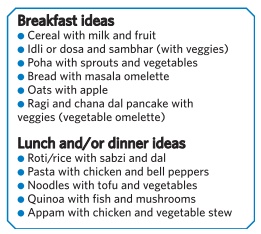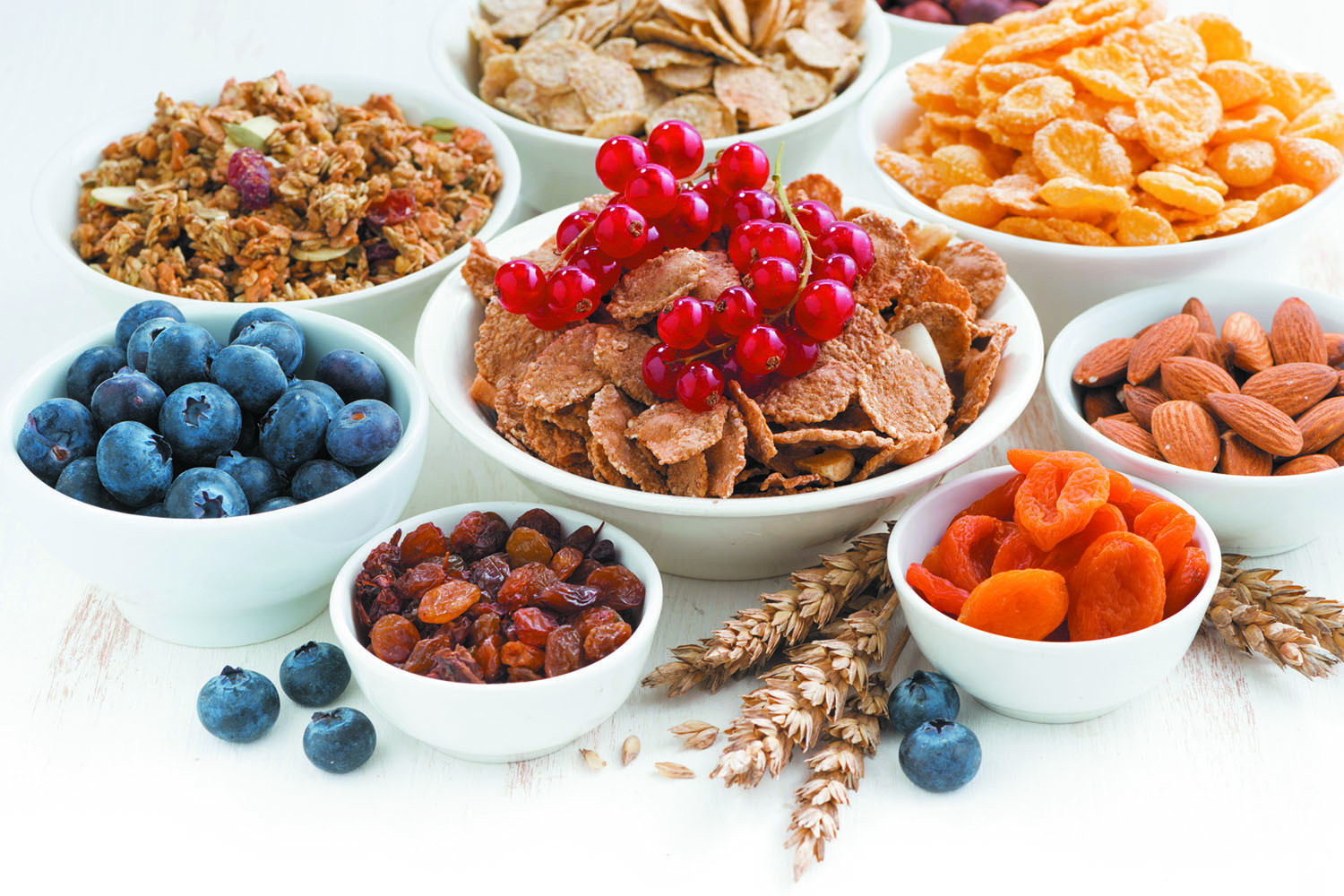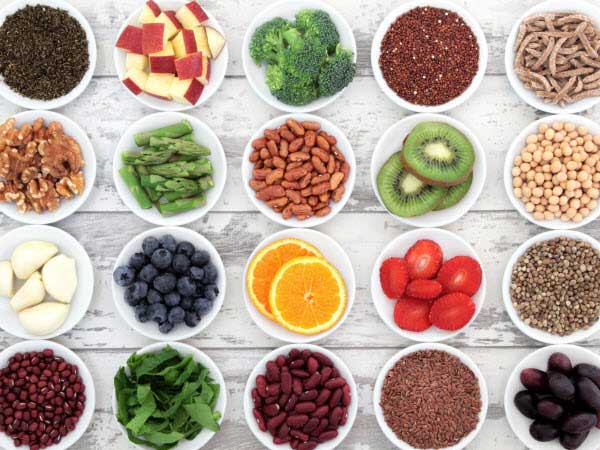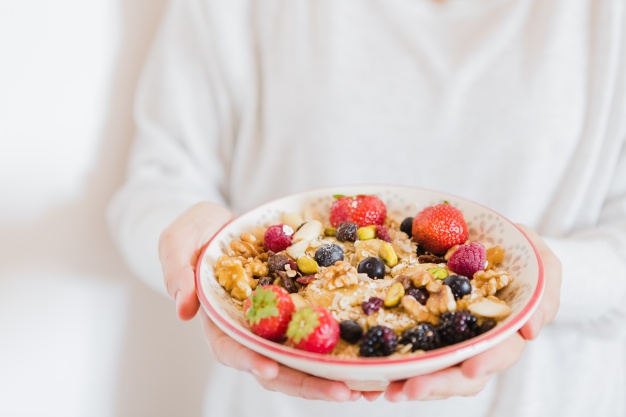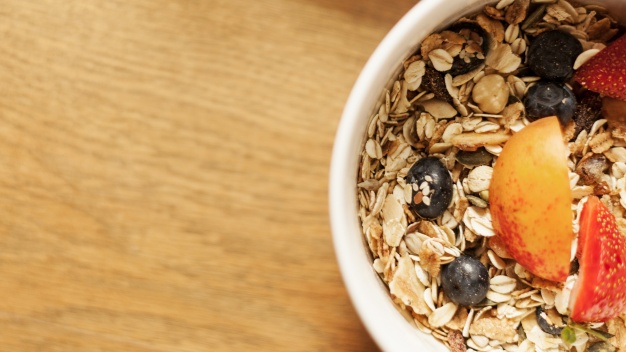Remember those `united we stand, di vided we fall’ ads that used to play on DD? Those cute little short films, about the importance of unity? The funda was simple: five fingers by themselves will not be effective unless you close your fingers and make a fist. The same principle works for your body as far as a balanced meal is concerned.
5 FINGERS OF WEIGHTLOSS
By themselves, the Five Fingers of Weight Loss -proteins, carbohydrates, fats, vitamins and minerals -have their own functions. But the various nutrients must act in unison for effective action. In other words, for long-lasting weight loss or weight management, you need to eat all five nutrients. Every day. There is no other way.
The Five Fingers of Weight Loss can further be broken down into three macronutrients (proteins, carbs, fats) and two micronutrients (vitamins, minerals); the reason it is divided this way is because it rep resents the relative importance on your plate.Don’t overload your vitamins at the cost of carbs, or cut fats and go crazy about protein.Too much emphasis as well as the absence of any one nutrient will compromise your health and result in short-term gains sending you right back where you started. Any meal plan that is skewed towards any food group, including proteins or raw veggies,w i l l give rise to a host of medical problems, and will result in a diminishing effect on your system. If you think your diet is unbalanced, it is. You cannot be short-sighted about it as the ills will eventually catch up with you.
On your plate lies the answer to many issues plaguing your life from the mental to the physical. Your plate holds not just fuel for your system, but carries all the tools you need to do more with your body and your life. Because food is not just fuel. Food is power.
Collectively, these five nutrients are your defence against disease, obesity, heart at tacks and almost anything else you need to ward off. Diabetes? Make a fist. Heart disease? Hey, you’ve got your fist. Obesi ty? Talk to the fist, baby! So many dis eases are lifestyle-related and can be eradicated -not just improved -by the rule of the fist.
